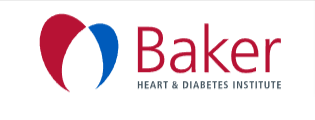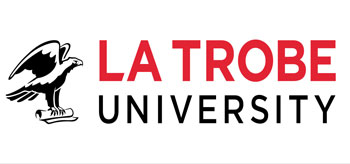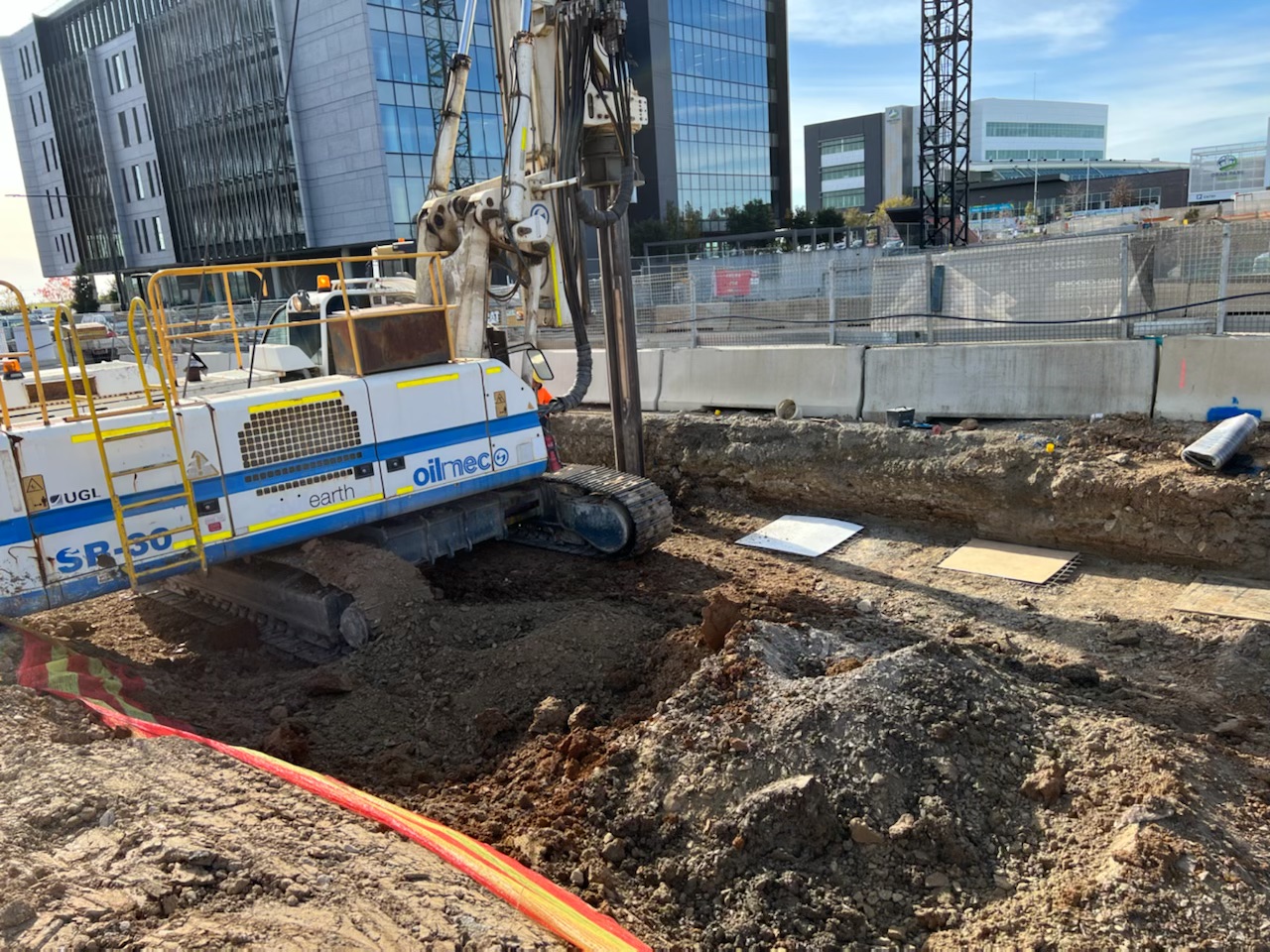
Piling supervision is a critical aspect of geotechnical and structural engineering projects that involves overseeing and ensuring the proper installation of piles, which are foundational elements used to support structures and stabilize the ground. This process is essential for ensuring the structural integrity, stability, and safety of buildings, bridges, offshore platforms, and other infrastructure in areas with challenging soil conditions or high structural loads.
Key Components of Piling Supervision:
Site Assessment: The piling supervision process begins with a detailed site assessment conducted by geotechnical engineers. This assessment involves soil testing, geophysical surveys, and geological investigations to understand the subsurface conditions, soil properties, and any potential challenges that may affect pile design and installation.
Pile Design: Based on the site assessment, engineers develop a pile design that takes into account the type of piles (e.g., driven piles, drilled shafts, or helical piles), pile dimensions, spacing, depth, and load-bearing capacity requirements. The design also considers factors such as seismic activity and environmental considerations.
Quality Control: Piling supervision includes rigorous quality control measures to ensure that the materials used for the piles meet design specifications. This involves inspecting the steel reinforcement, concrete mix, and any additional materials used in the construction of the piles.
Contractor Selection: The selection of a qualified and experienced piling contractor is crucial. Piling supervisors are often involved in the procurement process, evaluating bids, and ensuring that the chosen contractor has the necessary equipment, expertise, and safety protocols in place.
Installation Monitoring: During pile installation, piling supervisors closely monitor the construction process. This involves overseeing the driving or drilling of piles, verifying that the piles are installed to the required depth and alignment, and ensuring that they are not damaged during installation.
Load Testing: Load testing is conducted to verify the load-bearing capacity of the installed piles. Piling supervisors oversee these tests, which can include static load tests, dynamic load tests, or integrity testing to assess the structural performance of the piles.
Safety Compliance: Safety is a paramount concern in piling supervision. Piling supervisors ensure that all safety protocols are followed, and they address any safety issues that may arise during construction.
Documentation and Reporting: Comprehensive documentation is maintained throughout the piling process. This includes recording installation details, test results, quality control checks, and any deviations from the design specifications. Regular progress reports are generated and shared with project stakeholders.
Problem Solving: Piling supervisors play a key role in identifying and addressing unforeseen challenges that may arise during pile installation. This can include encountering unexpected soil conditions or resolving construction issues to maintain project timelines.
Compliance with Standards: Piling supervisors ensure that the entire piling process adheres to industry standards, building codes, and regulatory requirements.
Post-Installation Evaluation: After pile installation is complete, piling supervisors may conduct post-installation evaluations to assess the performance of the piles in the long term. This includes monitoring settlement and evaluating the need for additional support measures if necessary.

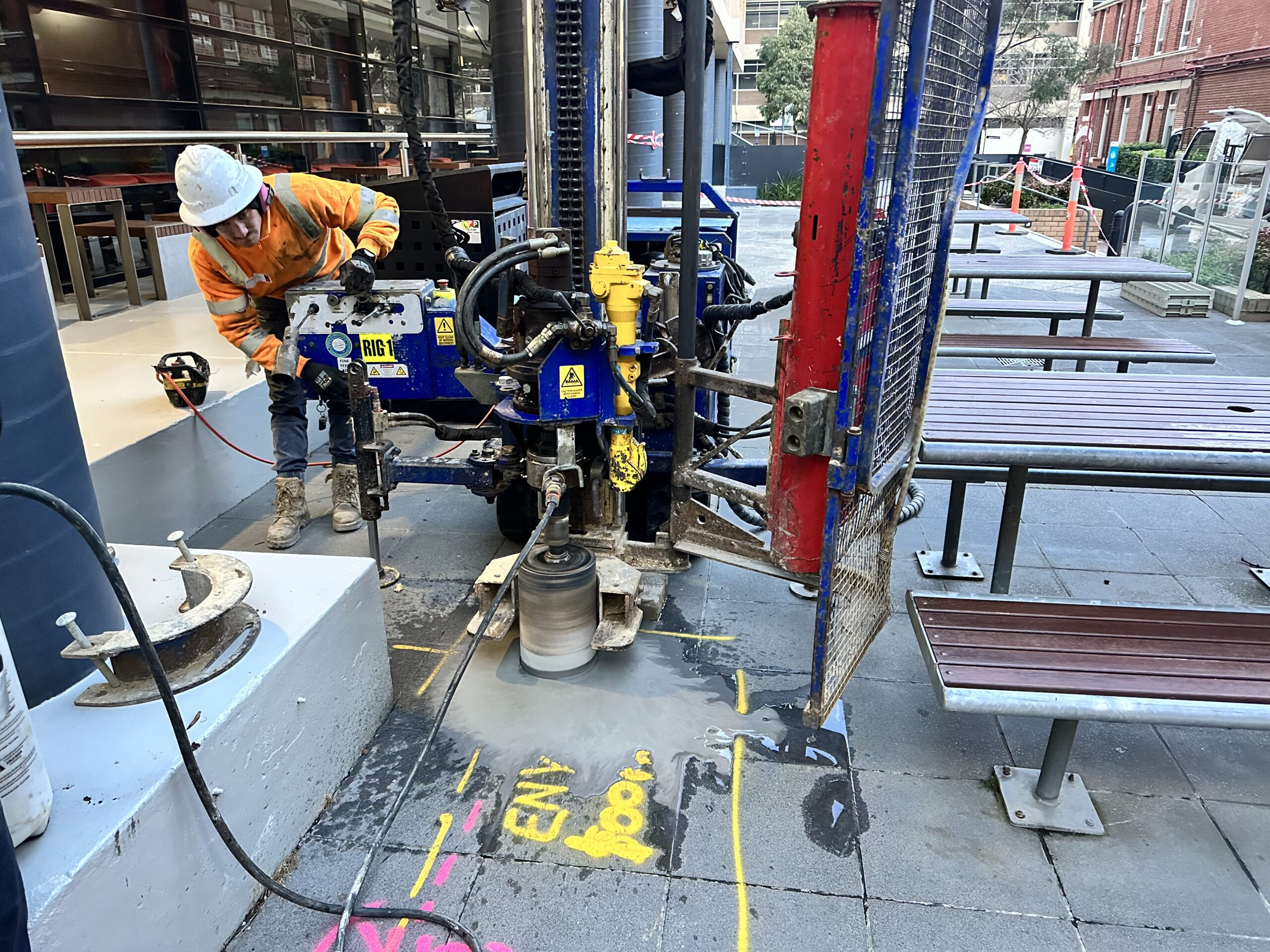 Concrete Coring
Concrete Coring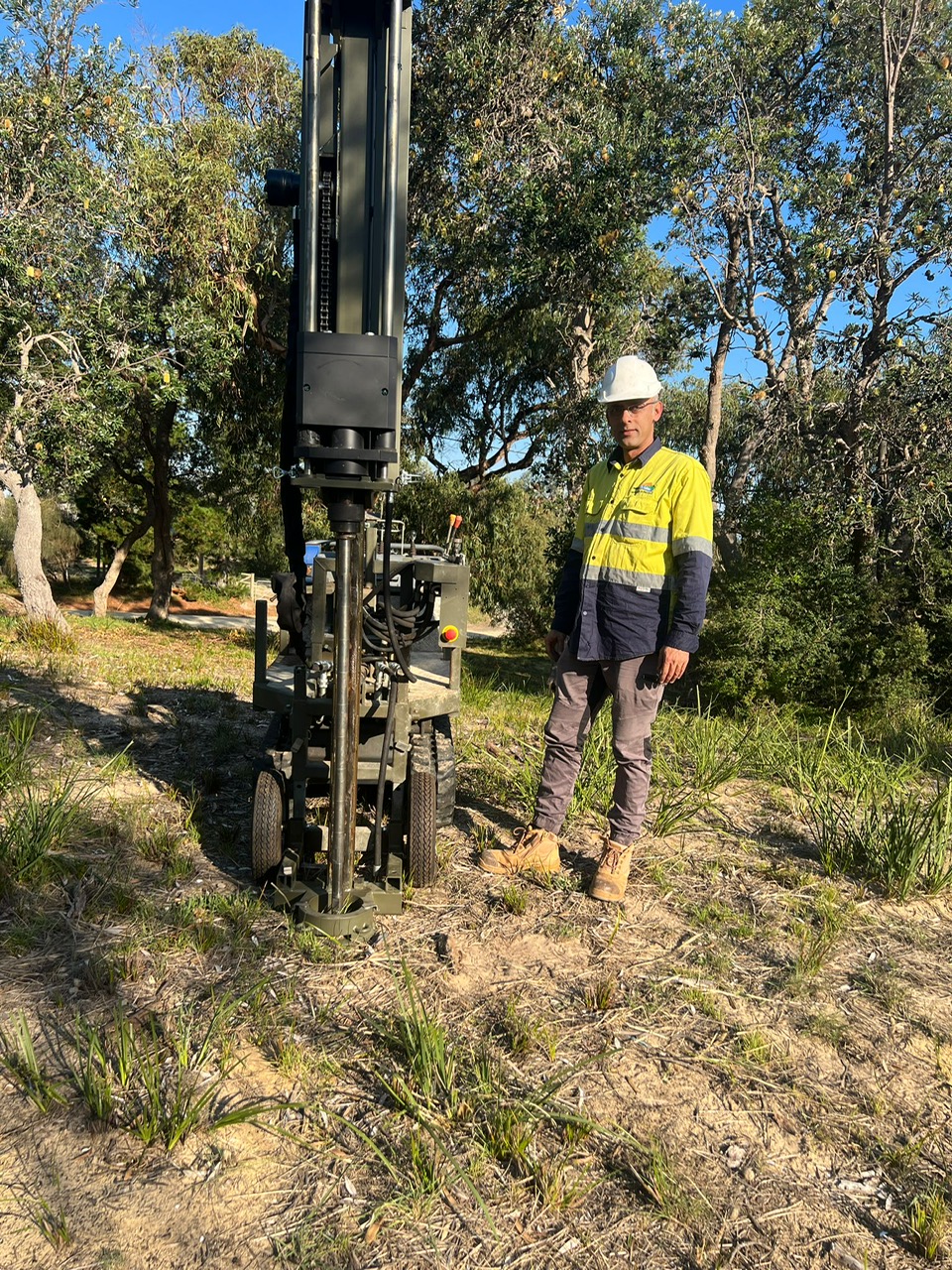 Dynamic Probing
Dynamic Probing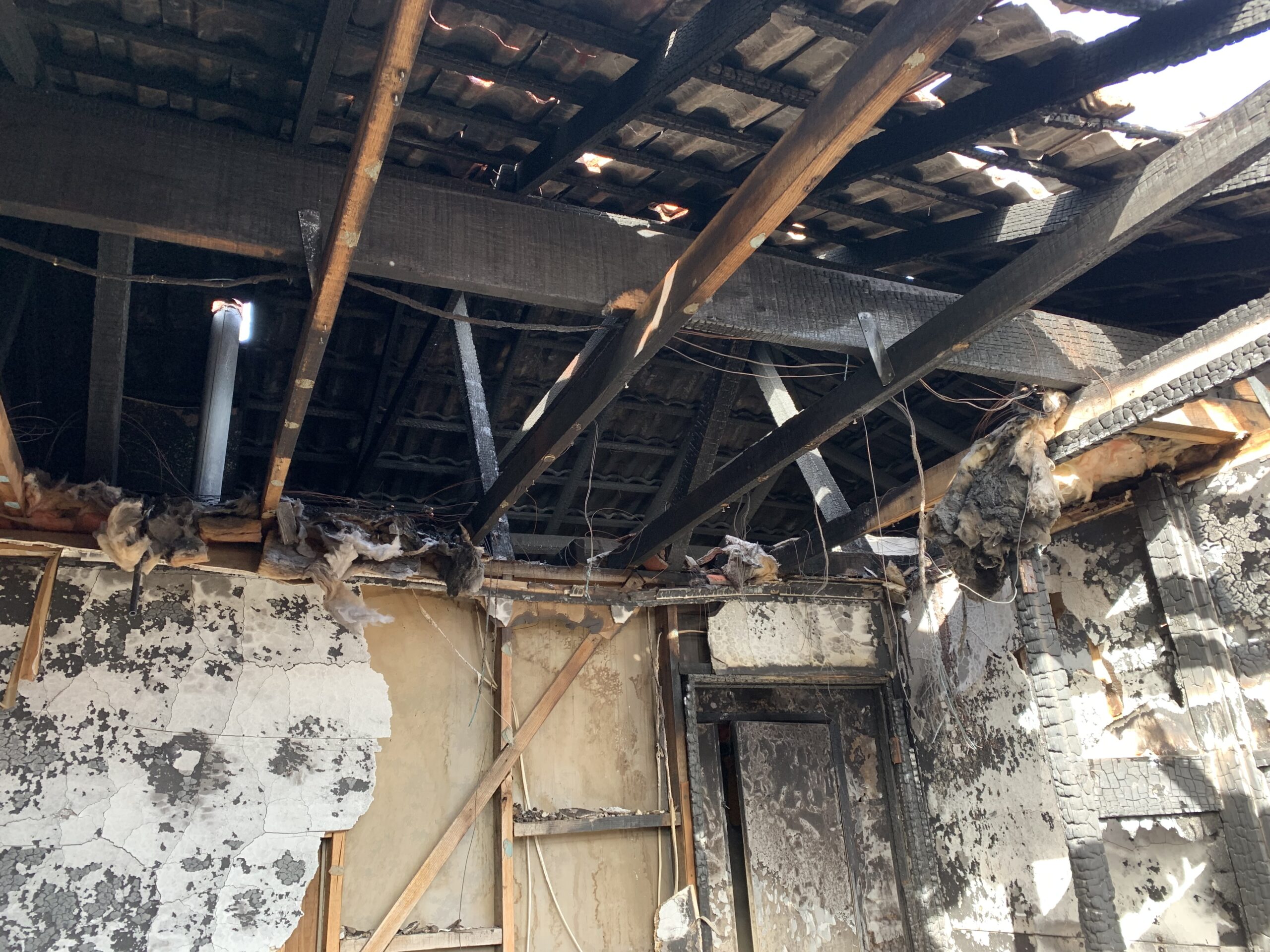 Forensic Inspection of Fire Impacted Structures
Forensic Inspection of Fire Impacted Structures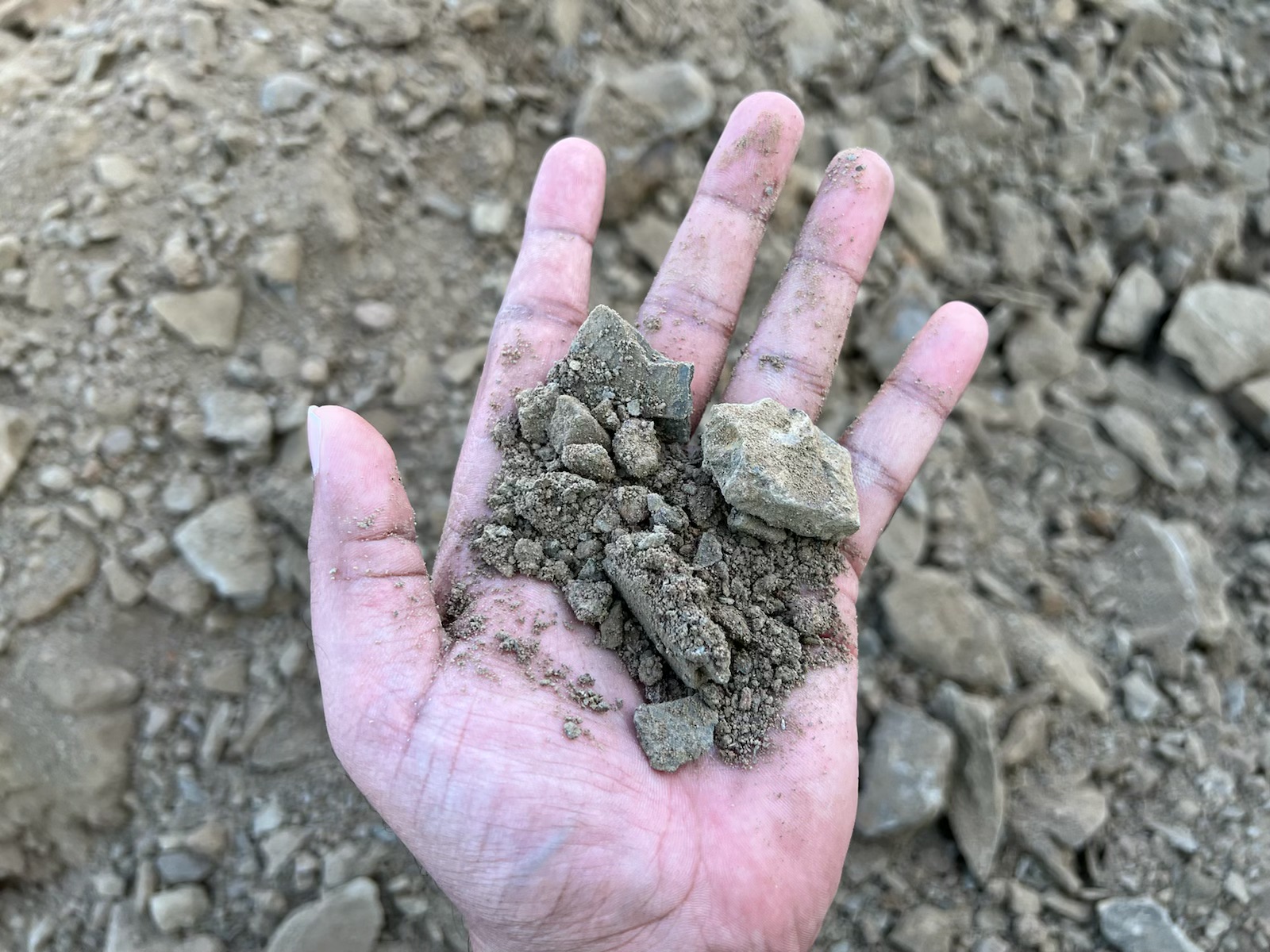 Geological Understanding
Geological Understanding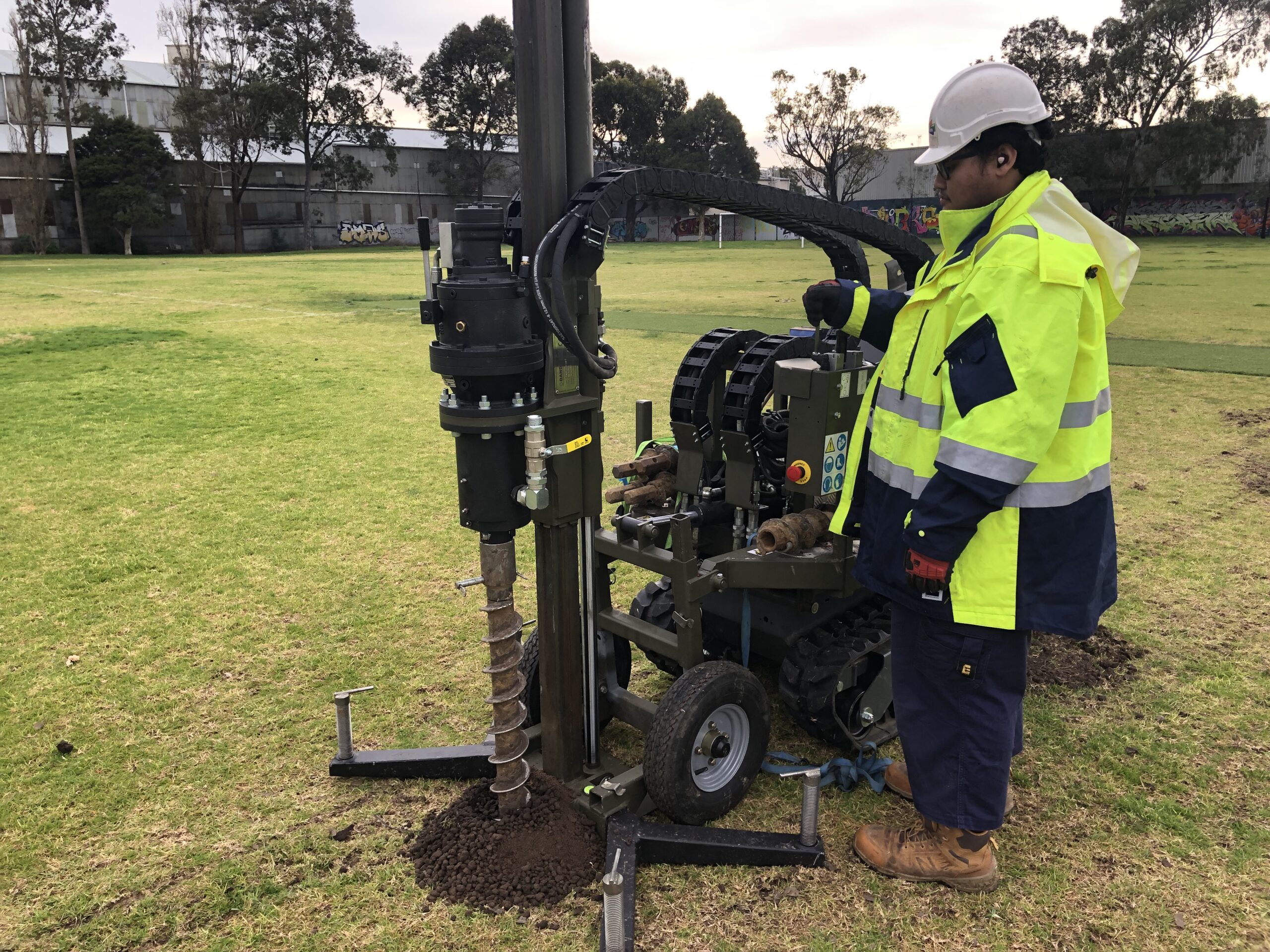 Geotechnical Investigation for Football Stadium
Geotechnical Investigation for Football Stadium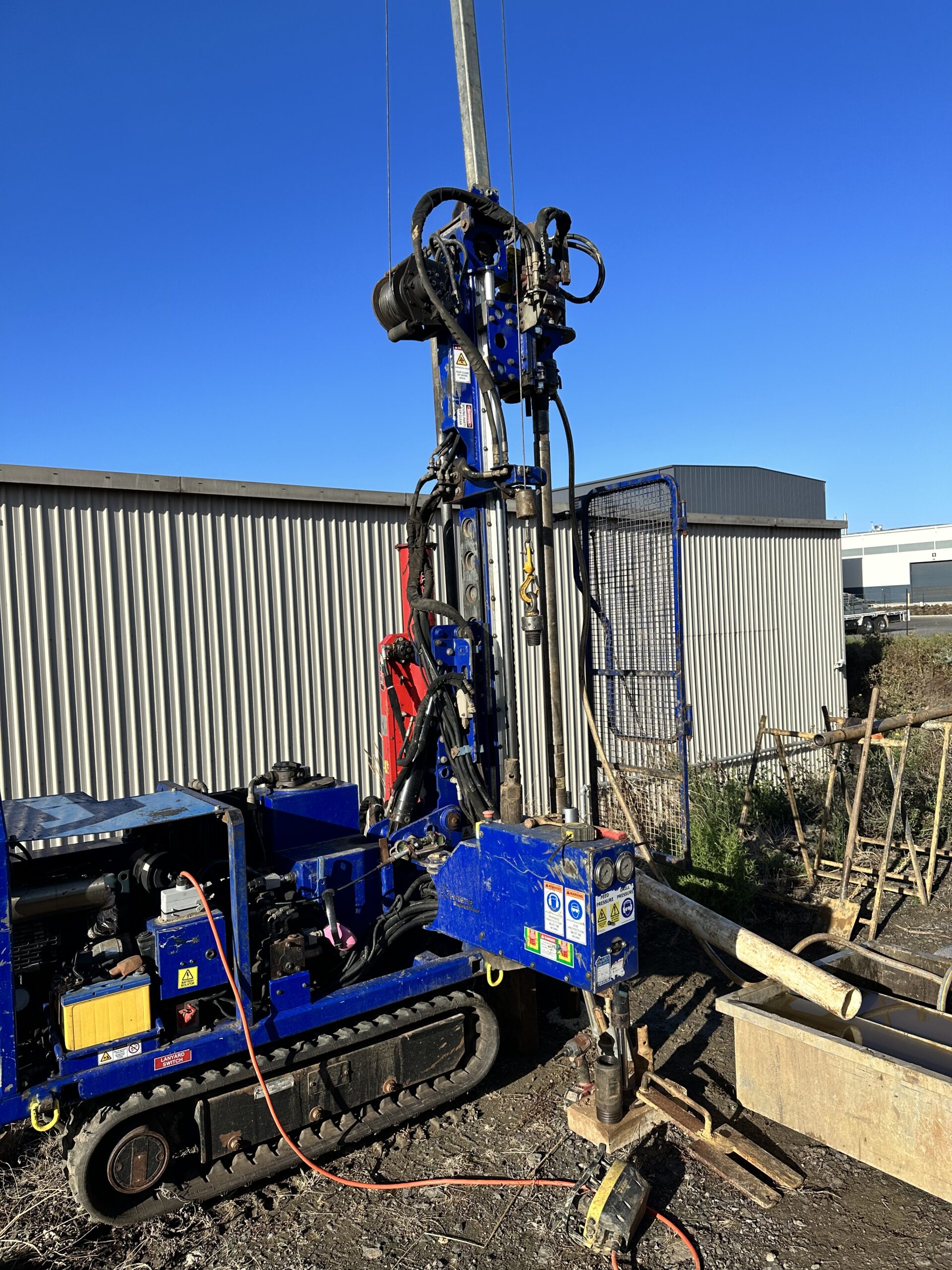 Geotechnical Investigation for Industrial Application
Geotechnical Investigation for Industrial Application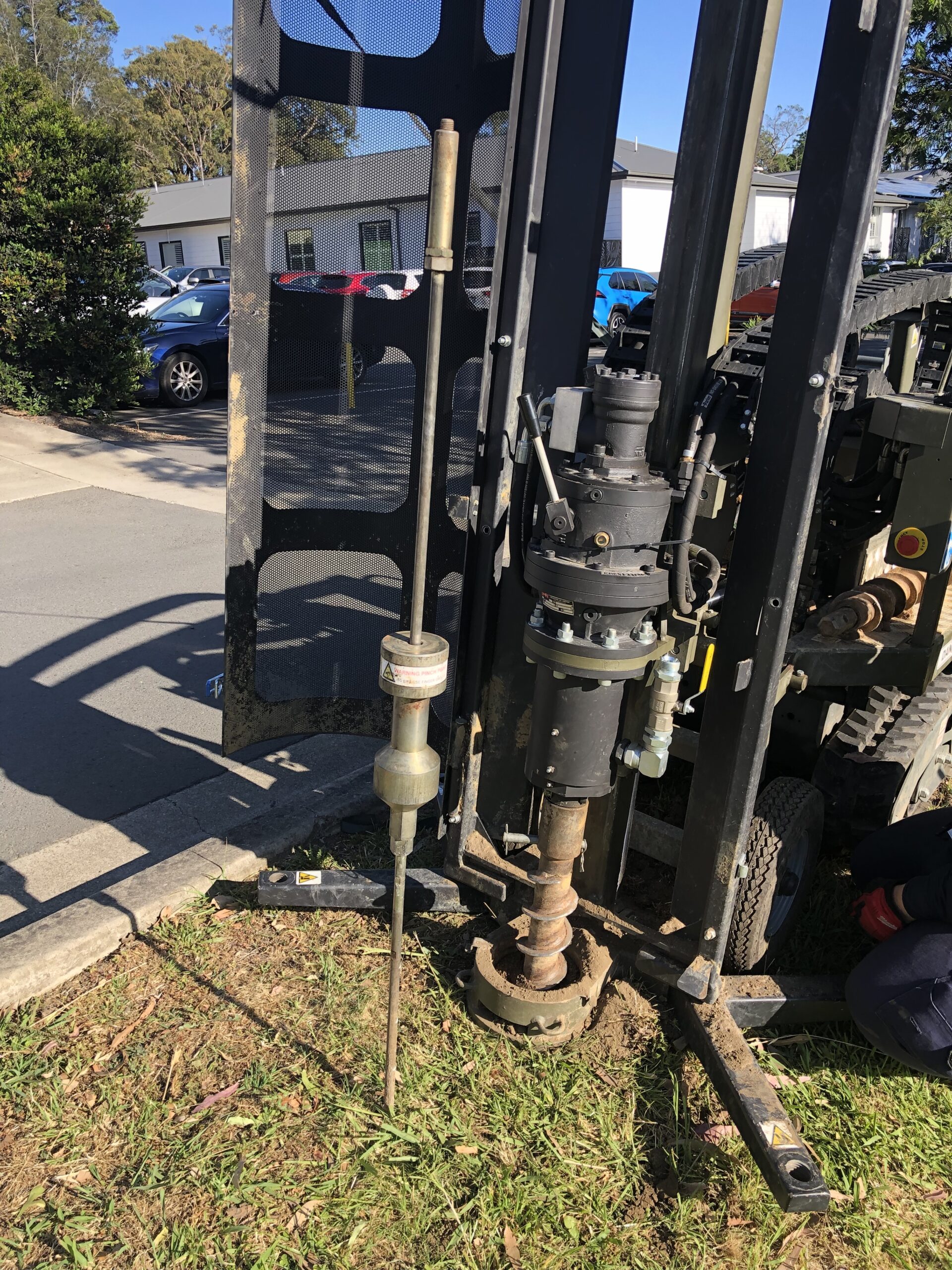 Geotechnical Investigation for Medical Facility
Geotechnical Investigation for Medical Facility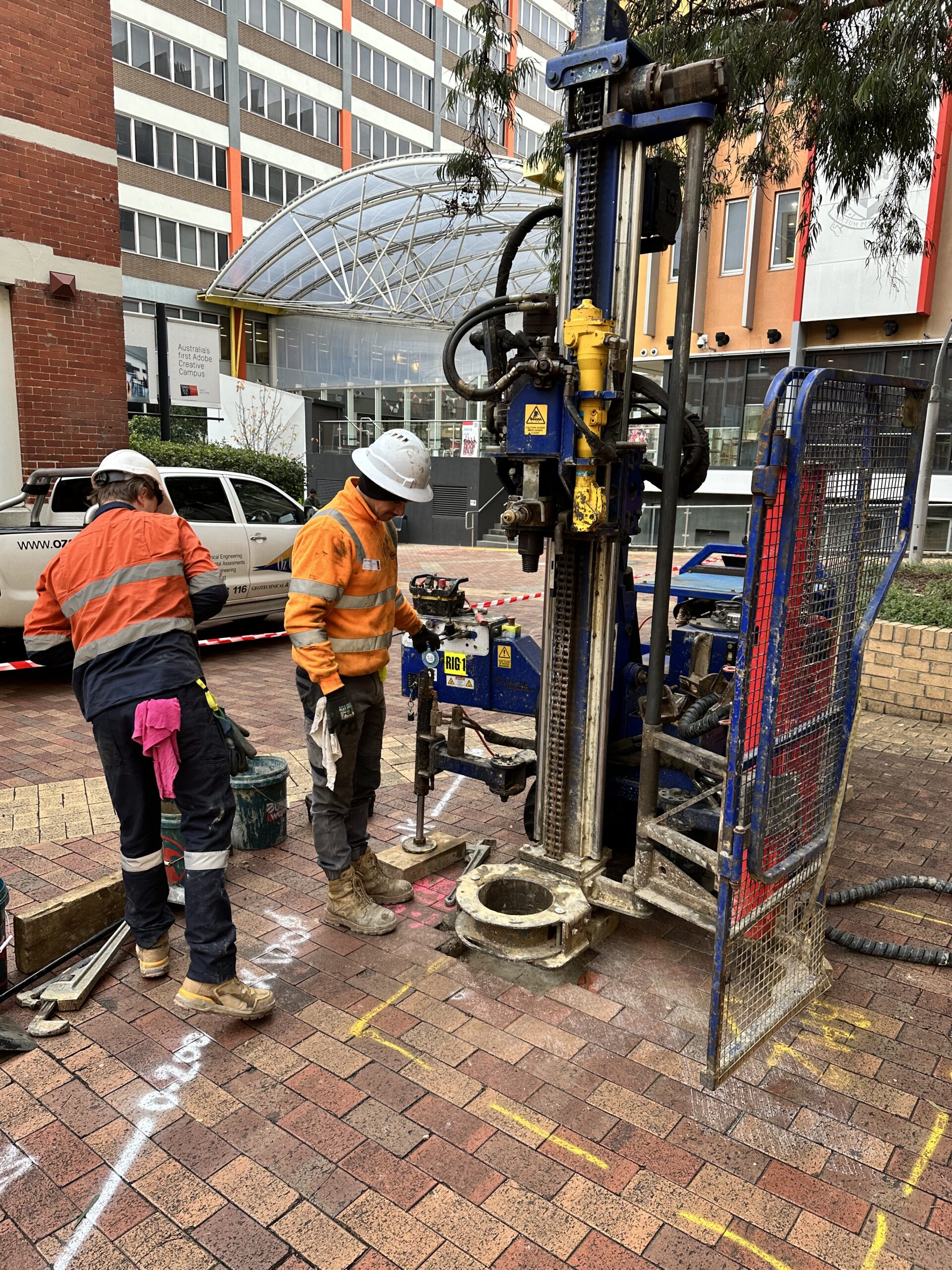 Geotechnical Investigation in Urban Set-Up
Geotechnical Investigation in Urban Set-Up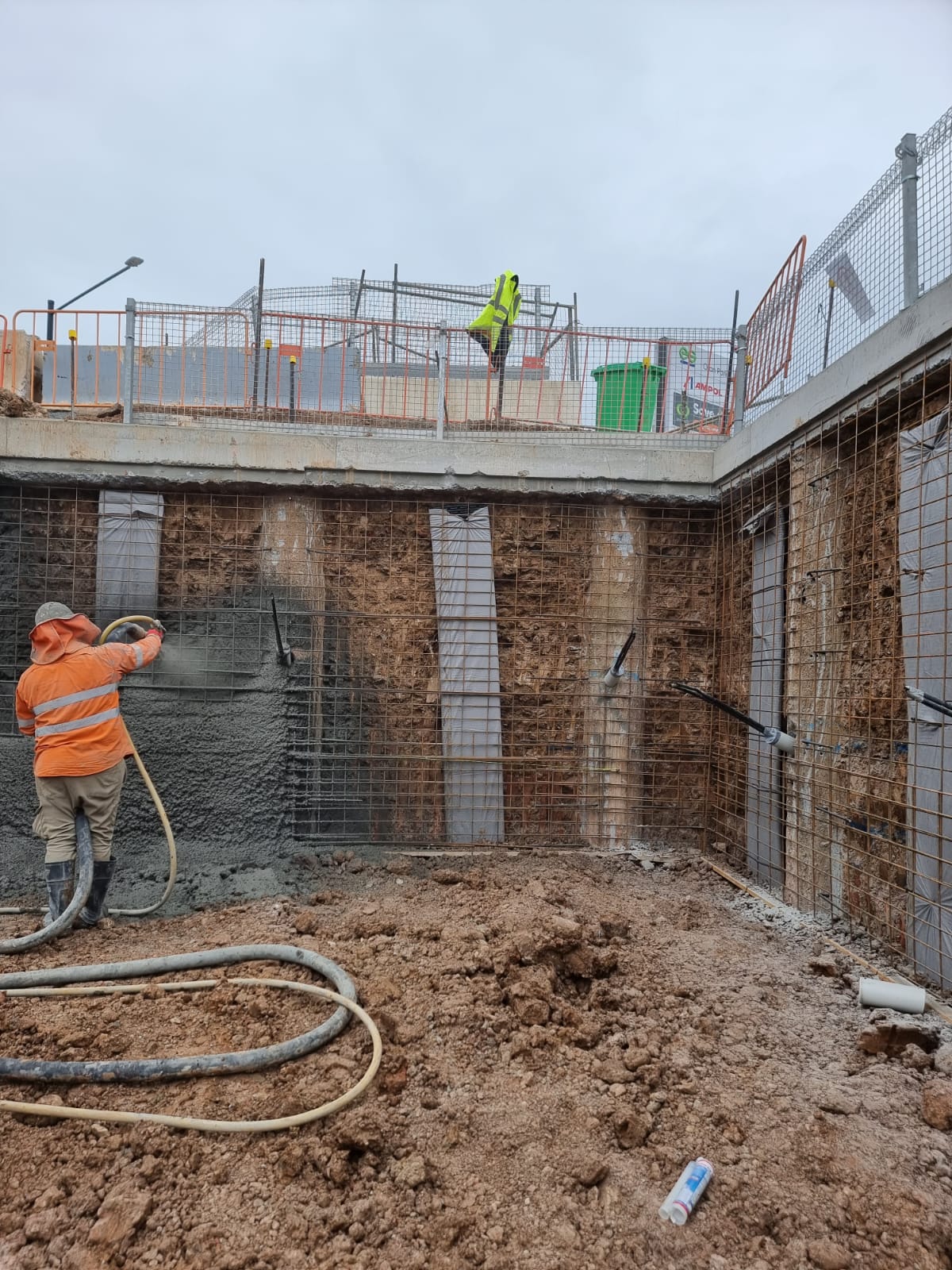 Inspection of Retaining Structure
Inspection of Retaining Structure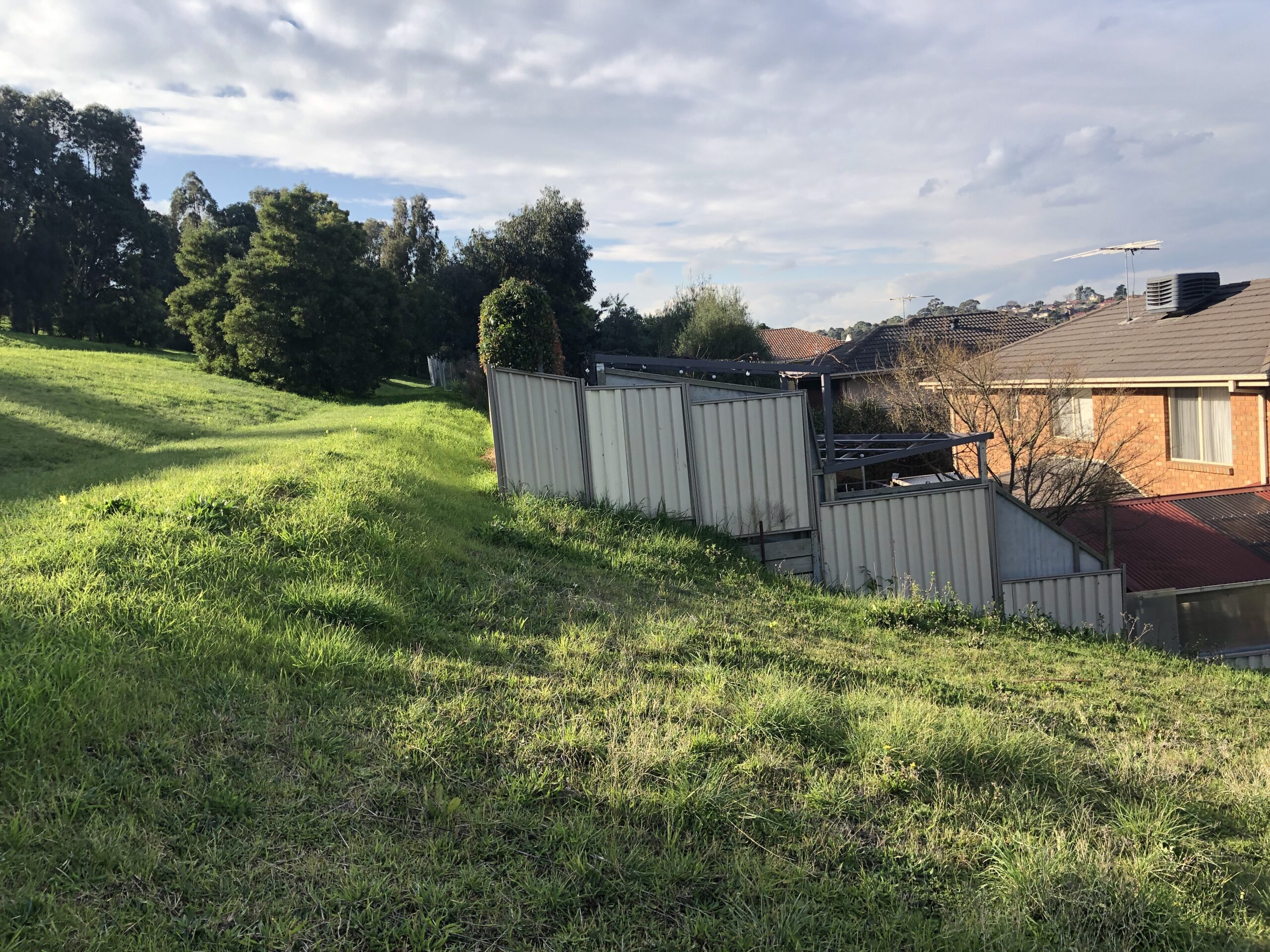 Landslip Risk Assessment
Landslip Risk Assessment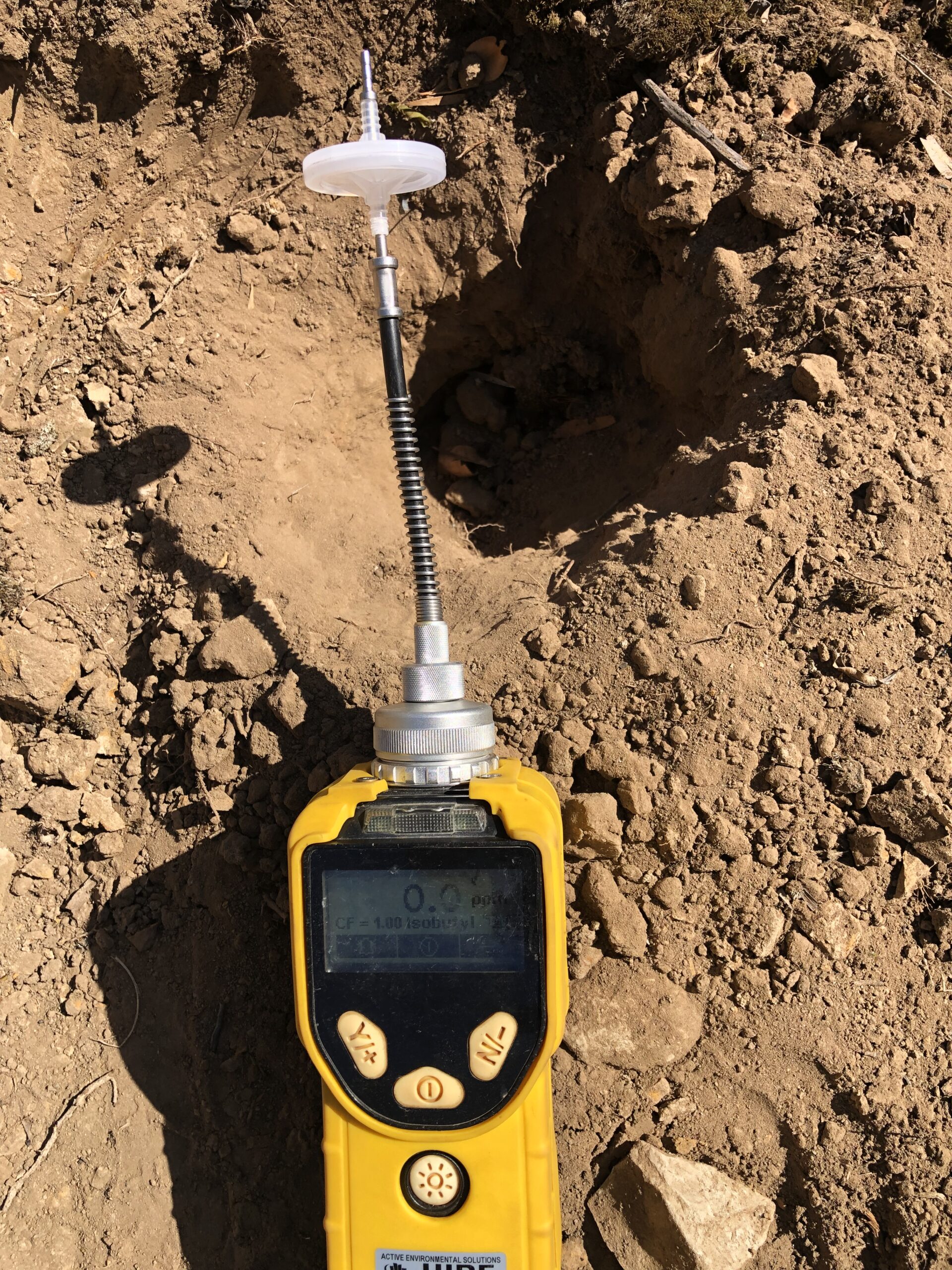 Soil Vapour Assessment
Soil Vapour Assessment













